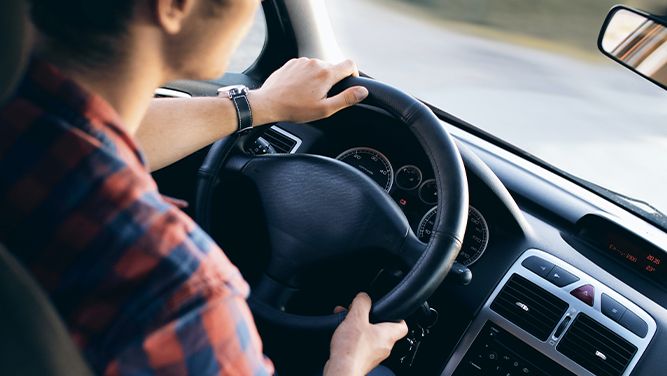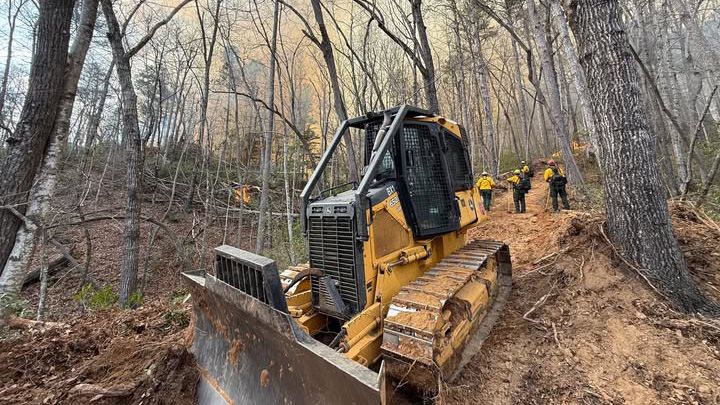A hot and sunny Memorial Day weekend ushered in the unofficial beginning of summer, and started the clock on the 100 deadliest days for teen drivers to be on the road.
The 100 days between Memorial Day and Labor Day see an increase in fatal car accidents involving teen drivers
Across the country, 6,700 people were killed in teen driver-related car accidents from 2013-2022
One of the largest risk factors for fatal accidents is the number of teenage passengers in the car
AAA recommends parents model safe driving, have discussions about safety and teach their teens defensive driving skills
The roughly 100-day period from Memorial Day to Labor Day consistently sees more fatal car crashes involving teen drivers than any other time of year.
From 2013-2022, 6,700 people were killed in car wrecks involving teen drivers in the U.S., 272 people were killed in North Carolina alone, according to a news release from AAA.
The spike is likely due to the fact that those three months are the traditional summer break for K-12 schools, meaning teens are out on the roads more often and in higher numbers.
Car crashes are the leading cause of death for teens ages 16-19, AAA said in the release. During the 100-day period, seven people are killed each day in car crashes with teen drivers.
Aside from inexperience, there are a number of factors that increase risks for teen drivers, one of the most prominent is distracted driving.
Distracted driving doesn’t just refer to cellphones or technology, but to the passengers in the car. The National Highway Traffic Safety Administration says the risk of a fatal car wrecks increases with the number of teenagers in the car.
Peer pressure from other teenagers in the car can also encourage reckless habits, like speeding or driving aggressively, increasing the risk of a deadly crash.
A spokesperson for AAA said the most important thing parents of teen drivers can do is be involved in the learning process and talk with their children about safe driving.
Parents can also model safe driving practices that limit risky behaviors and teach their teens defensive driving skills.









